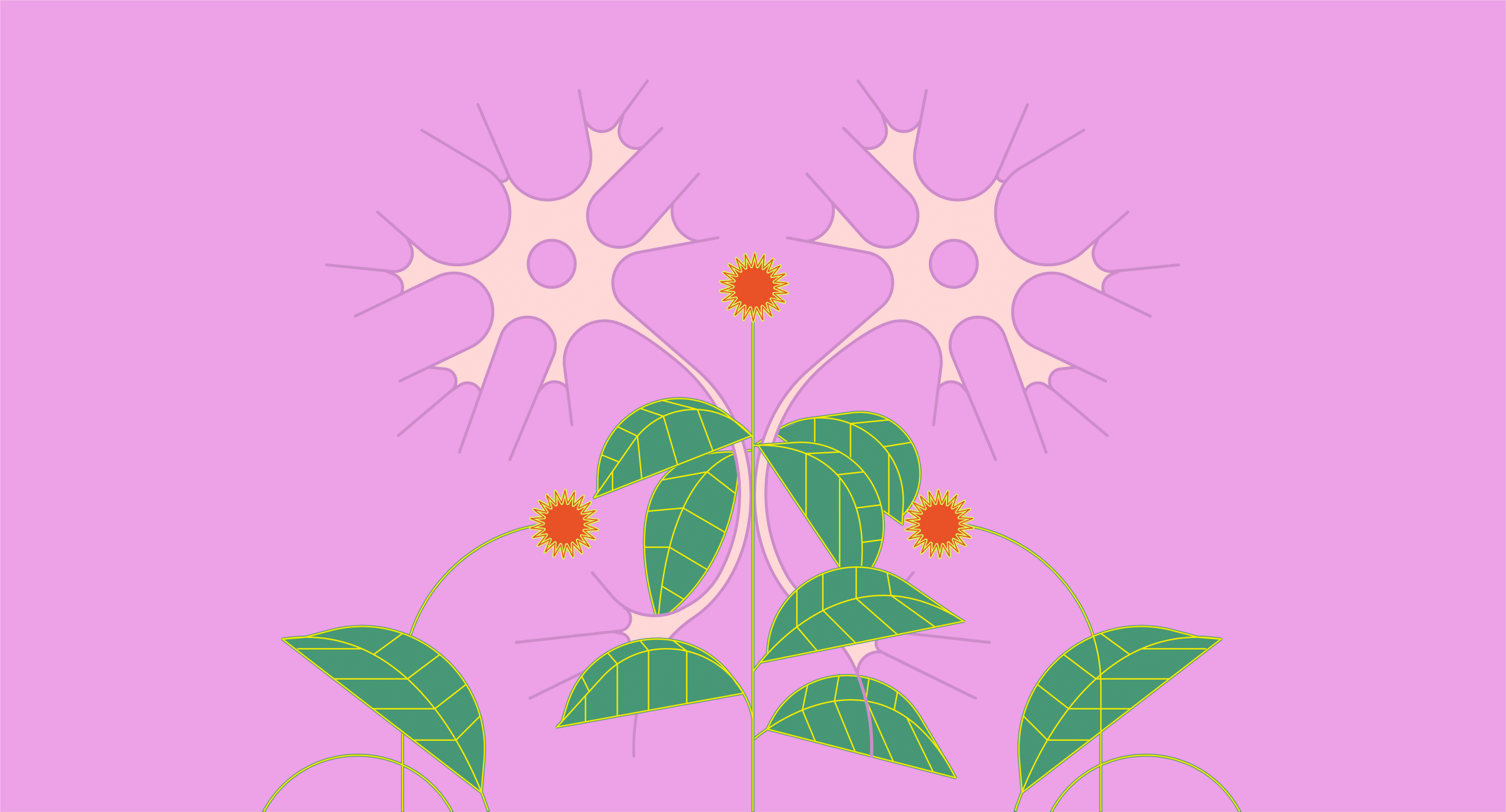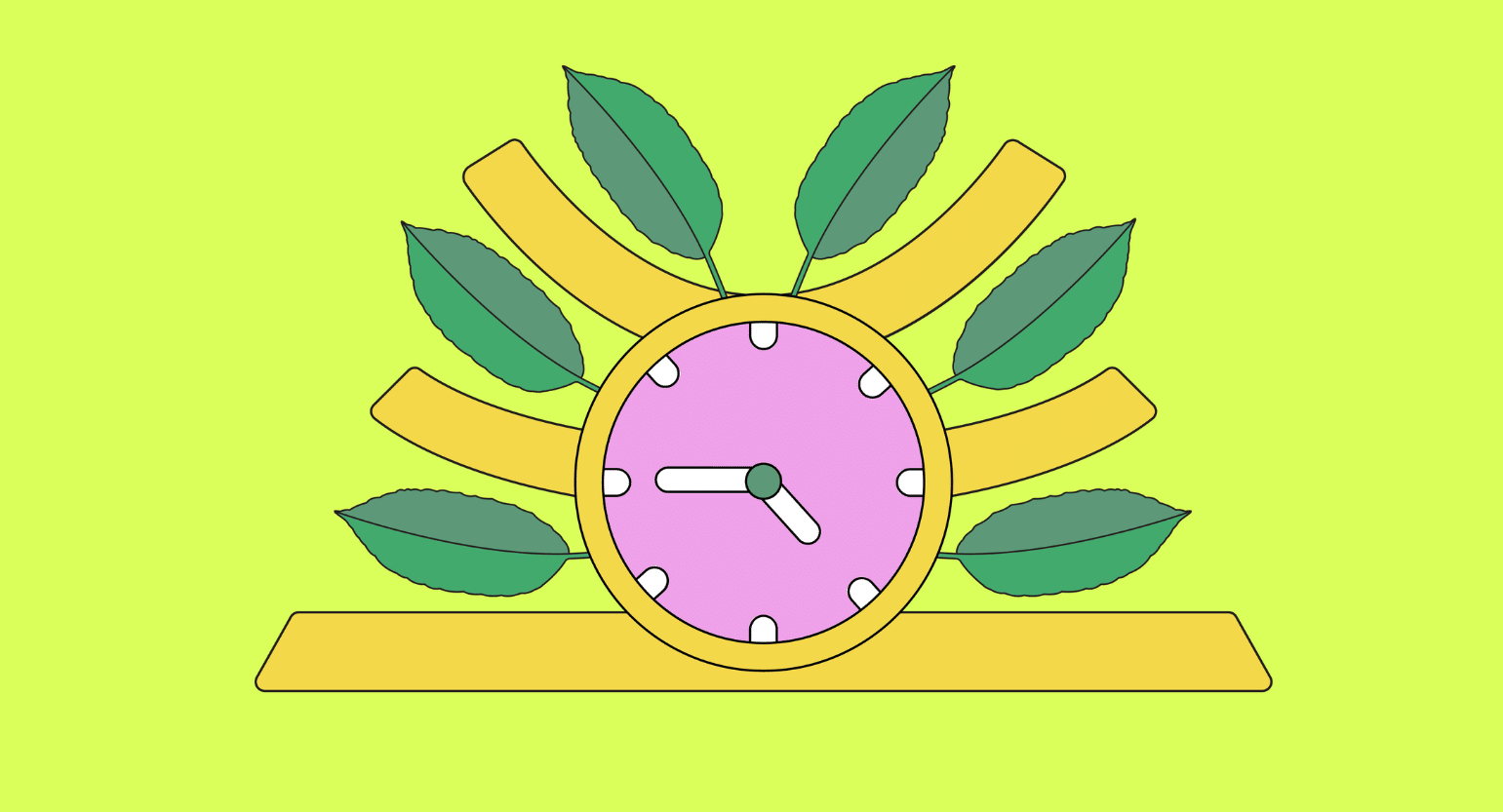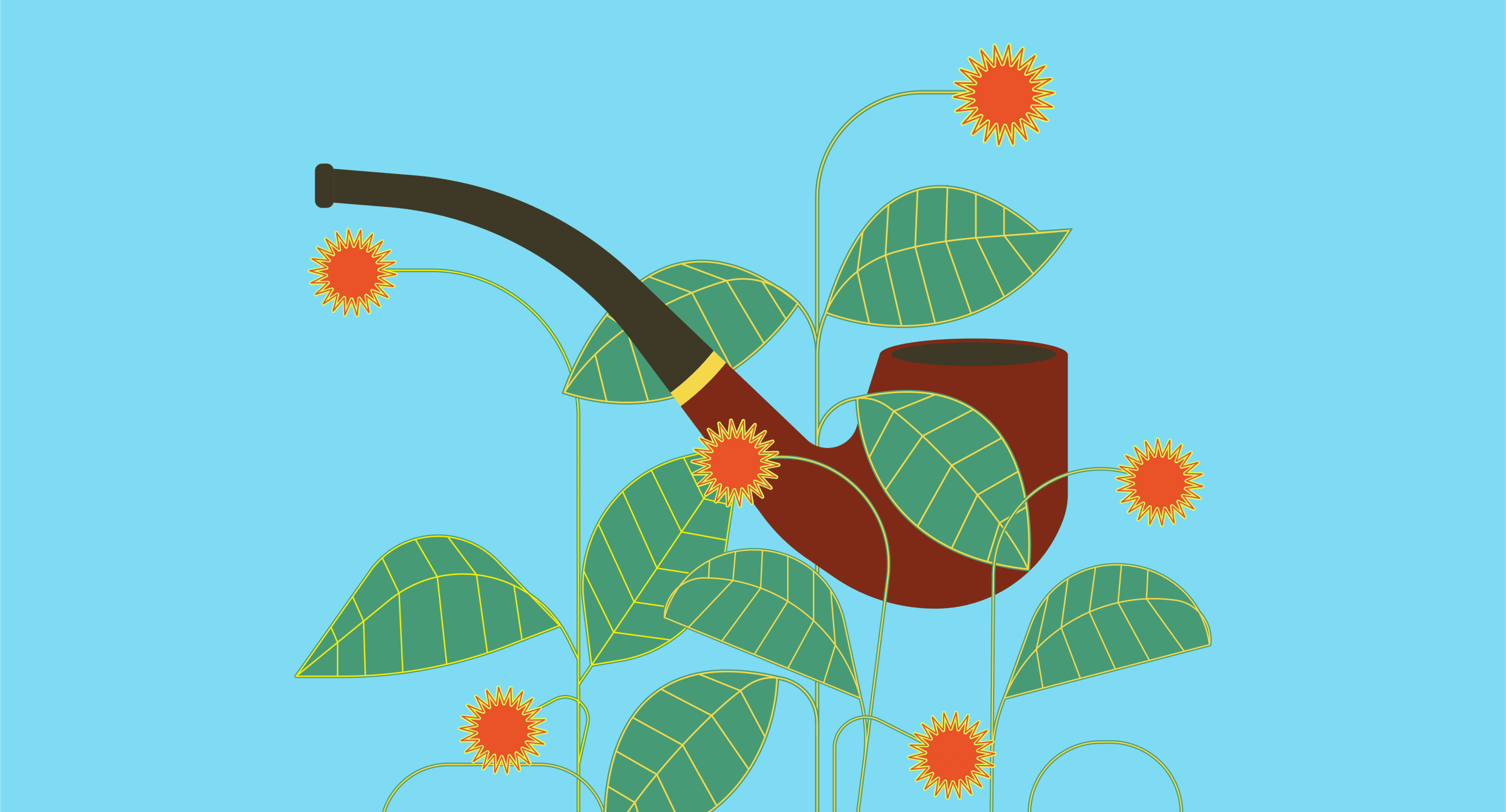What Is a Marijuana Strain?
When we talk about marijuana strains, we refer to the different genetic variations that give a species its respective aromas, effects, and appearance.
The significant increase in weed use has caused growers to cross different genetics, creating new varieties. A 2015 study states that there are about 700 strains, although this number is probably significantly higher today [1].
Different Types of Marijuana Strains
Generally, most people divide marijuana into three categories: sativas, indicas, and hybrids. In this section, we’ll delve into the main effects of each, along with their most popular strains.
Cannabinoid and terpene levels give strains their unique traits and effects — in fact, classifying them according to these would be much more accurate than using the following method, but it’s what most people still use [2].

Sativa Varieties
Sativa marijuana is native to Eastern Asia, and its varieties tend to have more THC and lower CBD levels. They are energizing, encourage creativity, and stimulate brain engagement.
They also have medicinal benefits, such as relieving fatigue and headaches and helping with chemotherapy-induced nausea and vomiting. Plus, many people use it to combat mental disorders such as depression [3].
These are the most popular sativa strains:
- Purple Haze: Popularized by Jimi Hendrix’s famous hit, this strain gets its name from its purple buds and is excellent for creativity and stimulation. Its unique aroma is a bit earthy and spicy, mixed with a subtle hint of berries and grapes.
- Lemon Sativa: This strain is famous for its exquisite flavor due to its limonene and terpinolene content. Think of lemon candy with the slightest taste of rose and mint. Its effects are uplifting, energetic, and generally balanced, the perfect mix of subtle calmness with mental alertness.
- Jack Herer: Also known as “JH” or “Paltinum Jack,” this award-winning sativa can make you feel amazingly clear-headed and happy. It has a piney, woodsy aroma.
- Sour Diesel: This one has fast-acting effects that induce euphoria and boost creativity. Its mood-boosting capabilities make it perfect for combating depression and stress.
- French Cookies: It’s hard to find, but those who try this strain thoroughly enjoy the experience as it can leave you giggly and energized. It has a classic cookie flavor with a touch of mint and rose.

Indica Varieties
Indica marijuana originates from India, specifically from the Hindi Kush mountains. Unlike sativas, its strains have lower amounts of THC and more CBD. They have mainly relaxing effects, so they can relieve stress and induce sleep [4].
Many use indica strains to treat muscular pains, anxiety, and arthritis.
These are the most popular indica-dominant strains:
- Death Star: This strain crosses Sensi Star and Sour Diesel and stands out for its skunky, diesel smell. It’s high in caryophyllene and very relaxing — perfect for relieving stress and anxiety.
- Bubba Kush: Indica through and through, this strain is incredibly relaxing — almost tranquilizing — and has a subtle taste of coffee and chocolate.
- Salmon River OG: This strain is easy to grow and quick to flower. It offers a heavy buzz and is excellent for pain relief. The aroma is mostly berry, with underlying scents of lemon, coffee, and diesel.
- Blueberry: Also known as “Berry Blue,” it stays true to its name and has a sweet blueberry taste. It provides long-lasting euphoric feelings and is a good pain and stress reliever.
- Hindu Kush: The aroma issweet, earthy, and spicy with hints of sandalwood. It’s an effective medicinal strain and helps reduce nausea, anxiety, and pain.

Hybrid Varieties
Hybrid varieties are simply mixtures of sativas and indicas. Therefore, depending on the strain, their effects can be energizing or relaxing.
Growers often cross the best sativa and indica strains to form super strains that inherit the most desirable aspects of both.
These are the most popular hybrid strains:
- Runtz: This strain is one of the most popular in the United States, producing powerfully uplifting and euphoric effects. Its aroma is fruity and reminiscent of the candy.
- Grape Diamonds: This strain is a phenotype of the Memberberry, whose effects are long-lasting and calming but start off slightly energizing. It has a grape smell with diesel and grapefruit undertones.
- Wedding Cake: This popular strain is high in THC and a cross between Triangle Kush and Animal Mints. It has a tangy, peppery taste and provides mainly relaxing and euphoric effects.
- Original Glue: Also known as Gorilla Glue or GG4, this strain is a cross between Chocolate Diesel, Chem’s Sis, and Sour Dubb. Its effects are uplifting and relaxing since it contains between 27-32% THC. Plan to be stuck to the couch if you use this.
- Agent Orange: This hybrid is a cross of Jack the Ripper and Orange Velvet, and its buds have a sweet and citrusy taste. Its effects are energizing and motivating, and it works great when you need to improve your mood or have to be social.
What Is Cannabis ruderalis?
It’s up for debate, but ruderalis is a species or subspecies of Cannabis. It’s native to Asia and Central and Eastern Europe.
Unlike indica and sativa, ruderalis rarely grows taller than 2 feet and has much less THC but more CBD. On their own, they are not suitable for recreational or medicinal purposes but are of great interest to growers. Unlike the other two, ruderalis is an auto-flowering plant that flowers due to age. Because of this trait, it’s often bred with sativas or indicas.

Which Is the Best Marijuana Strain?
There is no best marijuana strain, as it depends on each person’s tastes and goals. While some like the relaxing effects of indicas, others prefer the energy of sativas.
Still, you may wonder which is the best strain for pain relief, relaxation, or energy. The lists below have a few suggestions for each need.
Best for Energy
- Tangerine Cookies: This hybrid strain is known for its hard buds covered with sticky crystals and its sweet orange flavor. Its uplifting effects can make you happy, motivated, and ready to go.
- Super Silver Haze: This sativa gives a long-lasting body high that’s creative and energizing but calming. It has a spicy and skunky aroma due to its high levels of myrcene.
- Green Crack: Originally known as Green Cush, the famous rapper Snoop Dogg renamed it Green Crack. This strain has a fruity aroma and promotes invigorating energy and focus.
Best for Relaxation & Pain
- Ethos Apex: High in THC content, this one is sure to provide impressive relaxing effects, but it also evokes hunger, tingling, and laughter. The flavor is tobacco-like, with notes of grapefruit and tar.
- Mandarin Zkittlez: The plant produces striking purple, black, and red buds and induces relaxation, focus, and a blissful state of mind. Its aroma is fruity with a touch of spice.
- Sugar Plum Sunset: This strain offers euphoria, deep relaxation, and a spicy, herbal plum aroma. It’s great for use at bedtime or at the end of a long day.

Takeaways: Marijuana Strains
Each strain of marijuana has different effects, usually ranging from relaxing to stimulating. However, none is better than the other, as choosing the perfect variety depends on your preferences and goals.
The best way to find your favorites is to test out different strains.
Although there are more than 700 strains of cannabis, this number is likely to continue to grow in the future. More and more breeders are crossing different genetics to create new strains with varying levels of THC, CBD, and other active compounds.
- Gloss, D. (2015). An overview of products and bias in research. Neurotherapeutics, 12(4), 731-734.
- Piomelli, D., & Russo, E. B. (2016). The Cannabis sativa versus Cannabis indica debate: an interview with Ethan Russo, MD. Cannabis and cannabinoid research, 1(1), 44-46.
- Piomelli, D., & Russo, E. B. (2016). The Cannabis sativa versus Cannabis indica debate: an interview with Ethan Russo, MD. Cannabis and cannabinoid research, 1(1), 44-46.
- McPartland, J. M. (2018). Cannabis systematics at the levels of family, genus, and species. Cannabis and cannabinoid research, 3(1), 203-212.








